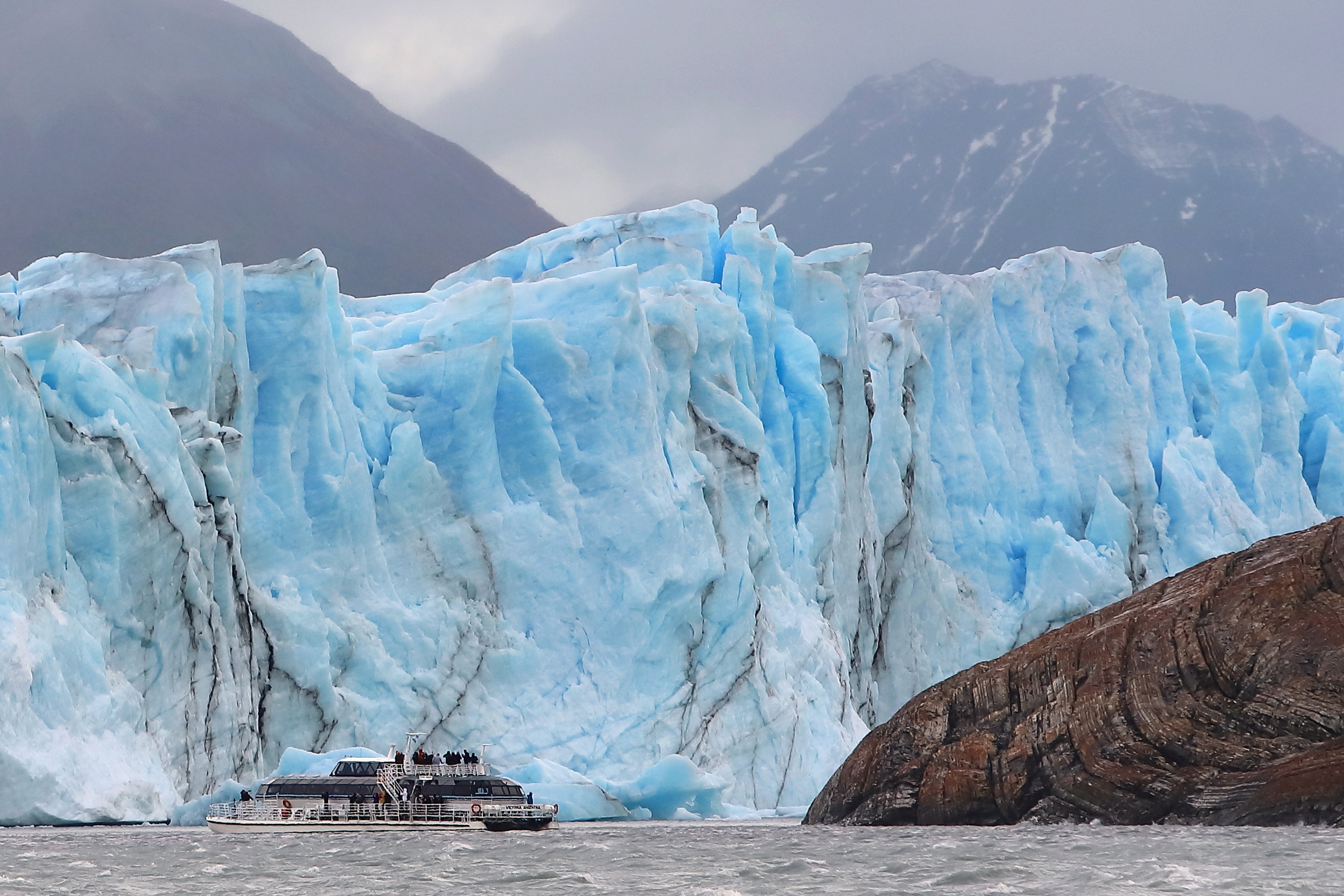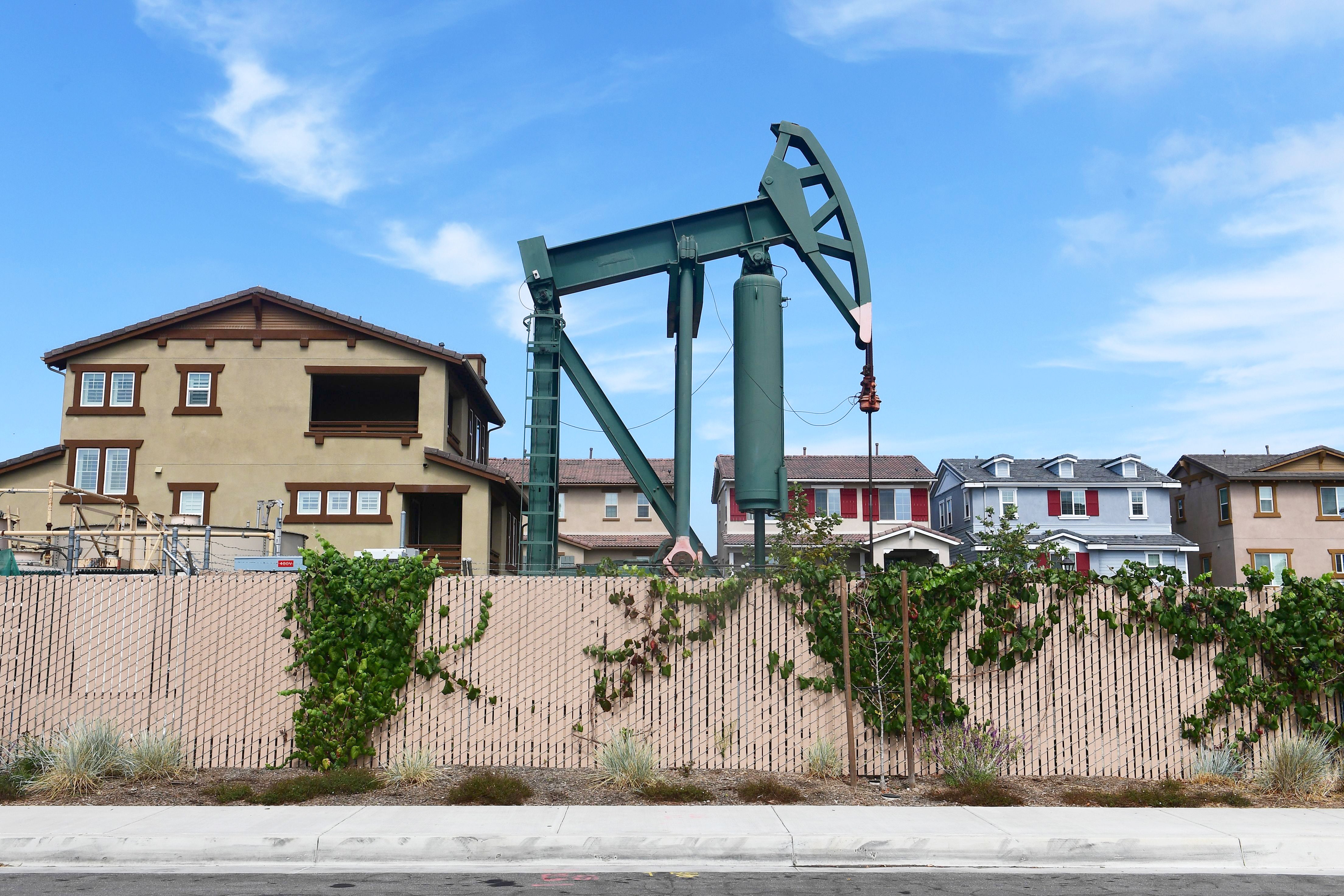PORTLAND, Ore. (AP) — The U.S. Pacific Northwest was in the throes of a record-shattering heat wave last summer when a woman in her 70s was wheeled into an emergency room with symptoms of a life-threatening heat stroke.
Desperate to cool her, Dr. Alexander St. John grabbed a body bag, filled it with ice from the hospital kitchen and zipped the woman inside. Within minutes, her body temperature dropped and her symptoms improved.
“I’ve never had to do that before. It was surreal,” said St. John. “Twenty years ago, it seems like we would talk about climate change as something that would happen over the coming generations — and all of a sudden it seems to be accelerating to the point where we’re all experiencing it in real time.”
The technique was used to save several other patients at Seattle’s Harborview Medical Center during the five-day heat wave last June that saw temperatures spike as high as 118 degrees Fahrenheit (48 degrees Celsius) in some places and killed an estimated 600 people or more across Oregon, Washington and western Canada.
The sweltering stretch across the normally cool region offers a glimpse of the types of extreme weather events that will accelerate in North America within 30 years without a coordinated effort to slow climate change, according to a United Nations report released this week. Even if global warming is limited to 1.5 degrees Celsius, people across the U.S., Mexico and Canada will be at increasing risk of catastrophic weather events.
The report by the Intergovernmental Panel on Climate Change lays out how worsening global warming will endanger people’s health, drive food insecurity, spur economic upheaval and trigger migration from increasingly uninhabitable places. Low-income and minority populations will be the hardest hit, according to the report, exacerbating existing inequities.
In the West, the report forecasts intensifying drought, extreme heat and wildfires. The Gulf Coast is expected to get more destructive hurricanes and rising sea levels. In the Midwest and Northeast, heavier rains are expected to cause more flooding and damage to crops.
In the summer of 2019, flooding in the U.S. Midwest and South disrupted barge traffic on the Mississippi River and damaged cropland in Ohio and Indiana. A different downpour and flood months earlier crippled Offutt Air Force Base in Nebraska.
The economic impacts will be profound. Warming water and ocean acidification will disrupt commercial fisheries, extreme heat will mean lower yields of key crops such as corn and soybeans and drought will cause livestock losses as animals have less ground to forage, the report found.
Since 1980, there have been 35 floods not associated with hurricanes in the U.S. that have caused more than $1 billion in damage and more than half of those have been since 2010, according to the National Oceanic and Atmospheric Administration.
“We’re exposed to untold damage,” said Kathleen Miller, a lead author of the report’s North America chapter who studies the economic impacts of climate change at the National Center for Atmospheric Research.
“It’s time to step up and start thinking about what are our priorities and how can we address these mounting threats,” she said.
The report still holds out hope that people can slow climate change — or at least adapt to blunt its effects. Prioritizing society’s most vulnerable will have the greatest impact on climate resiliency, it said.
The type of adjustments cited in the report are already underway in the Pacific Northwest, which was not built for hot weather. In Seattle, for example, 44% of homes have air conditioning.
After last summer’s deadly heat wave, Portland officials are considering alarm systems in public housing that would alert building managers when temperatures climb above 100 degrees. City officials also approved a plan to distribute 15,000 heat pumps, which are an energy-efficient way to cool spaces. Oregon lawmakers are also considering $15 million in funding to boost distribution air purifiers, air conditioners and heat pumps.
Longer-term discussions in the Pacific Northwest and elsewhere include painting roof tops white and using lighter-colored pavement to repel sunlight, planting more trees in urban centers and creating neighborhood cooling hubs that could also be social spots.
The measures will be key for the groups hit hardest by last summer’s deadly heat wave — the elderly living alone, the disabled and the poor.
None of those who died in Portland had central air conditioning, more than half lived in apartments and 10% lived in mobile homes, according to data released by Multnomah County. The city’s light-rail train stopped working, making it difficult for low-income residents to reach cooling centers hastily set up in public libraries.
An analysis of data from 1,000 residences found the average temperature in richer homes was 75 degrees, compared with 125 degrees in poorer homes, said Vivek Shandas, a climate professor at Portland State University.
That shows how those with resources can “further isolate themselves and safeguard themselves,” he said.
Renee Salas, an emergency room doctor and a fellow at Harvard University’s Center for Climate, Health, and the Global Environment, noted that health risks are increasingly not only from heat, but from worsening wildfires that send smoke plumes thousands of miles across North America and rising temperatures that could foster the spread of diseases by mosquitoes and ticks such as dengue fever, West Nile and Lyme disease.
Adaptation will mean considering climate change as a secondary diagnosis for many patients and treating it accordingly, Salas said. In the future, doctors might write prescriptions for air purifiers or heat pumps the way they do for medications and a national system of health records could help keep medical treatment consistent for patients who become climate refugees.
“There are so many things that we can do in order to optimally identify who’s most at risk and to then help protect them,” she said. “The time to do that is now, when we’re already beginning to see the impact.”
___
AP Science Writer Seth Borenstein contributed from Kensington, Maryland.
___
Associated Press climate and environmental coverage receives support from several private foundations. See more about AP’s climate initiative here. The AP is solely responsible for all content.
Note: This article have been indexed to our site. We do not claim legitimacy, ownership or copyright of any of the content above. To see the article at original source Click Here













